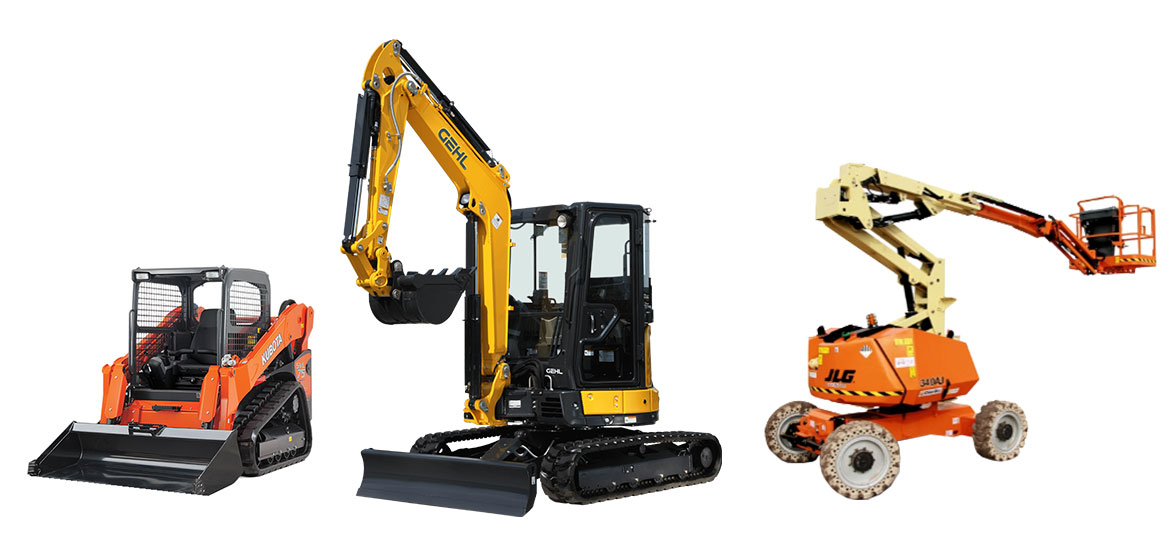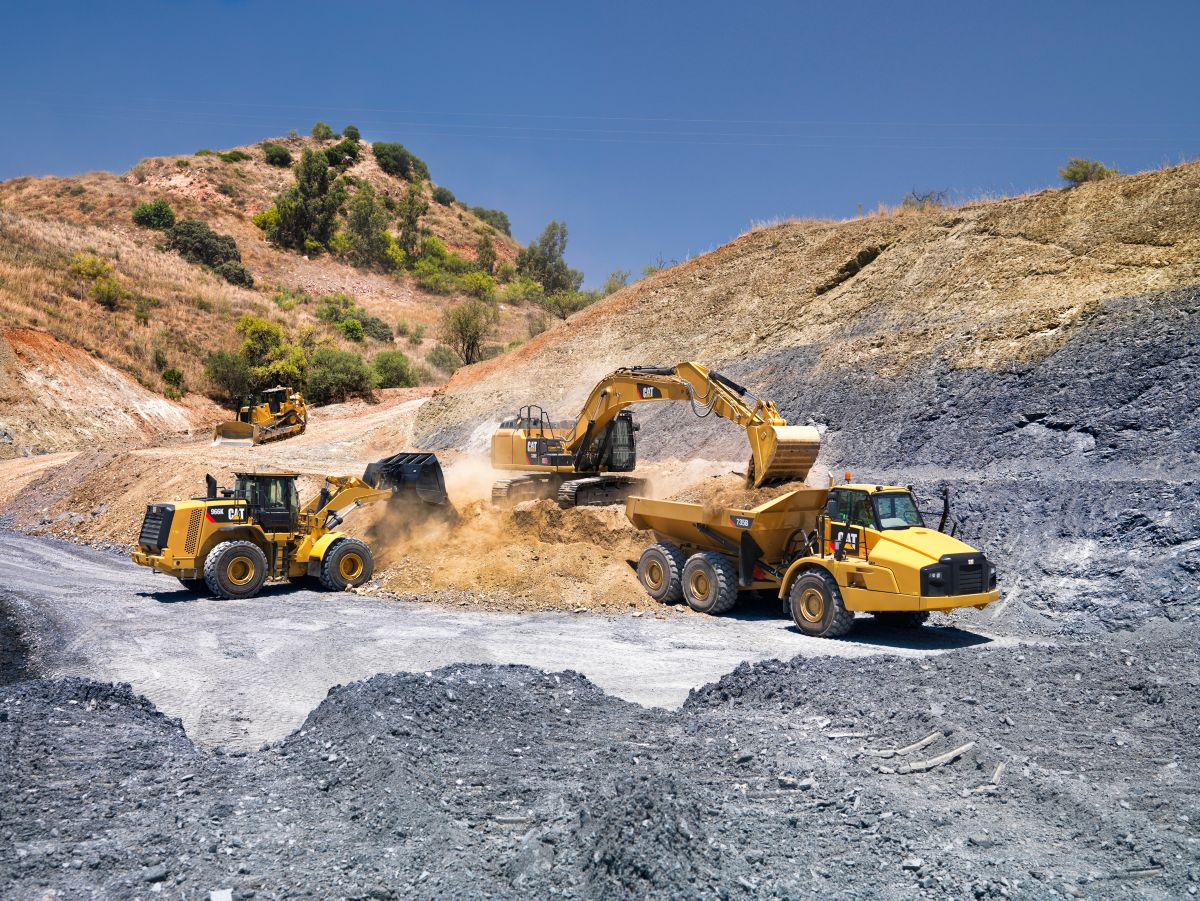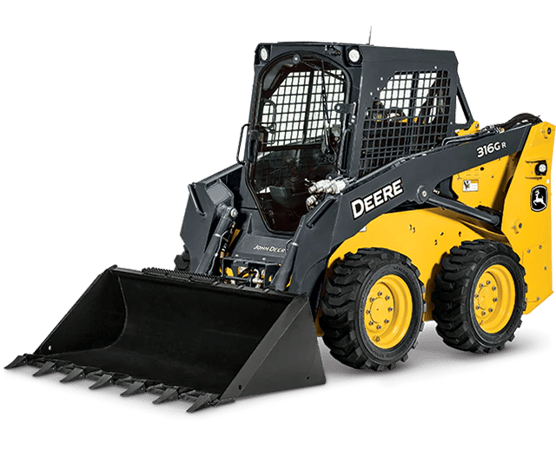Scissor Lift Rental: Safe and Effective Raising Solutions
Scissor Lift Rental: Safe and Effective Raising Solutions
Blog Article
Optimize Your Budget by Comprehending the Expenses Connected With Building Devices Rentals
Recognizing the complete scope of prices linked with building devices leasings is essential for optimizing your spending plan. What approaches can be utilized to effectively handle these prices and ensure an extra reliable rental experience?
Summary of Rental Expenses
When taking into consideration construction tools services, understanding the associated expenses is extremely important for effective budgeting and project preparation. Rental expenses can differ dramatically based upon several aspects, consisting of equipment type, duration of rental, and place. The first rental charge frequently mirrors the devices's market need and its connected functional capabilities, influencing the general expenditure.
In addition to the base rental rate, secondary expenses might develop, such as transport costs, gas surcharges, and upkeep charges. It is vital to account for these additional expenses to accurately analyze the overall price of leasing tools. Moreover, the rental period can influence prices; longer services may receive reduced prices, while short-term services could incur higher daily charges.

Malfunction of Rental Rates
An extensive understanding of rental rates is essential for contractors and job managers aiming to enhance their spending plans. Rental prices for building tools typically are composed of several parts, consisting of base rates, time-based costs, and use fees.
Base rates are the core costs connected with the rental of the equipment, commonly determined by the kind and size of the equipment. These rates can vary significantly, affected by factors such as devices demand, accessibility, and regional market patterns. Time-based fees, which might be daily, weekly, or monthly, offer to suit different job timelines and rental durations.
Additionally, rental prices may consist of usage charges, which are appropriate when devices is made use of past a specified threshold, guaranteeing that the rental business can make up deterioration. Seasonal need changes can additionally influence rental rates, with peak construction periods normally commanding higher rates.
Additionally, recognizing the rental firm's plans relating to upkeep and insurance coverage can give more insight right into the general expense framework. By analyzing these parts, contractors can make educated decisions, guaranteeing the option of rental equipment straightens with both task demands and spending plan restraints.
Added Fees to Take Into Consideration
Comprehending the details of extra charges is crucial for service providers to manage their general leasing expenditures efficiently. Beyond the common rental prices, different additional costs can substantially influence the complete cost of devices rental. These charges frequently consist of shipment and pickup costs, which can vary based upon distance and logistics involved in moving the devices to and from the task website.
Moreover, some rental companies might enforce gas surcharges if the equipment is returned with much less gas than when leased. It is likewise crucial to understand potential cleaning costs, specifically for customized tools that needs complete maintenance after use.

Completely reviewing the rental arrangement and clearing up these additional costs in advance can help specialists guarantee and prevent unexpected prices that spending plans continue to be intact throughout the task lifecycle.
Upkeep and Repair Expenses
Regular repair and maintenance expenses are often ignored aspects that can dramatically influence the general expense of construction equipment leasings. When leasing tools, it is vital to take into consideration not only the rental charges but likewise the possible expenses connected with maintaining the equipment in optimum operating problem.
Numerous rental companies include standard upkeep as part of the rental contract; nevertheless, a lot more unforeseen malfunctions or substantial repairs can bring about additional expenditures. It's vital to evaluate the rental contract very carefully to understand what maintenance services are covered and what obligations drop on the tenant.
Furthermore, devices that is not well-kept can cause inefficiencies Visit This Link on the job site, possibly raising and creating delays task expenses. To mitigate these risks, it is a good idea to carry out regular evaluations and preserve open communication with the rental copyright relating to any kind of problems that arise throughout usage.
Insurance Coverage and Liability Costs
Insurance and responsibility costs are essential components that can significantly influence the total expenditure of building and construction devices rentals (heavy equipment rental). These costs guarantee that both the rental company and the client are shielded from potential financial losses occurring from crashes, damages, or theft throughout the rental duration

In addition, clients ought to recognize any kind of deductibles or exemptions in the insurance plan, as these can affect potential out-of-pocket expenditures. Recognizing the terms and problems of any insurance protection is essential to stay clear of unexpected costs. Inevitably, budgeting for insurance policy and liability expenses can help make certain a smoother rental experience and protect versus economic risks related to construction jobs.
Final Thought
In conclusion, a detailed understanding of the prices associated with construction equipment services is necessary for efficient budget plan administration. Inevitably, informed decision-making pertaining to devices leasings contributes to the general success of building ventures.
Rental costs can vary dramatically based on a number of elements, including tools kind, duration of rental, and area (aerial lift rental). The rental period can affect prices; longer rentals may qualify for reduced prices, while temporary services may sustain higher day-to-day charges
By performing thorough research and involving with trustworthy rental business, service providers can effectively navigate the intricacies of rental prices, ultimately maximizing their economic resources.
Beyond the basic rental prices, different extra fees can significantly impact the complete expense of equipment rental. Rental business often provide responsibility insurance coverage that covers injuries to 3rd parties or damage to building, while equipment damages insurance coverage can cover the price of repair services or replacement if the leased devices is damaged.
Report this page